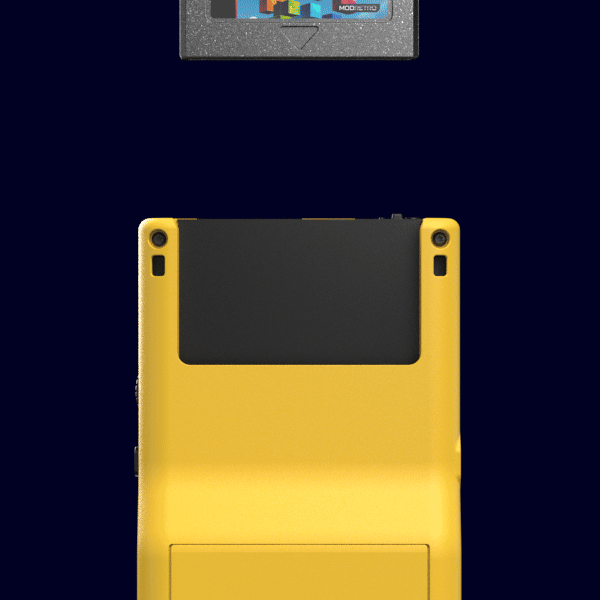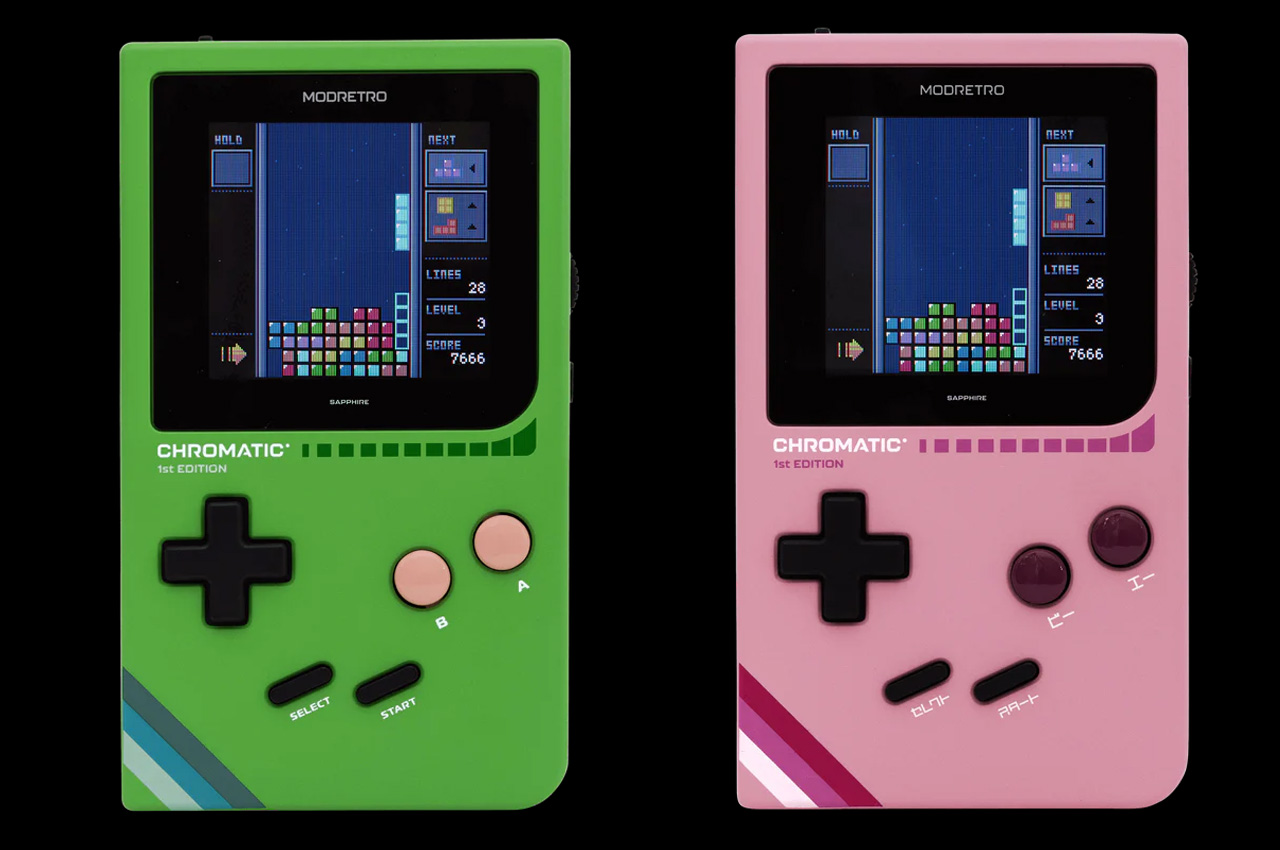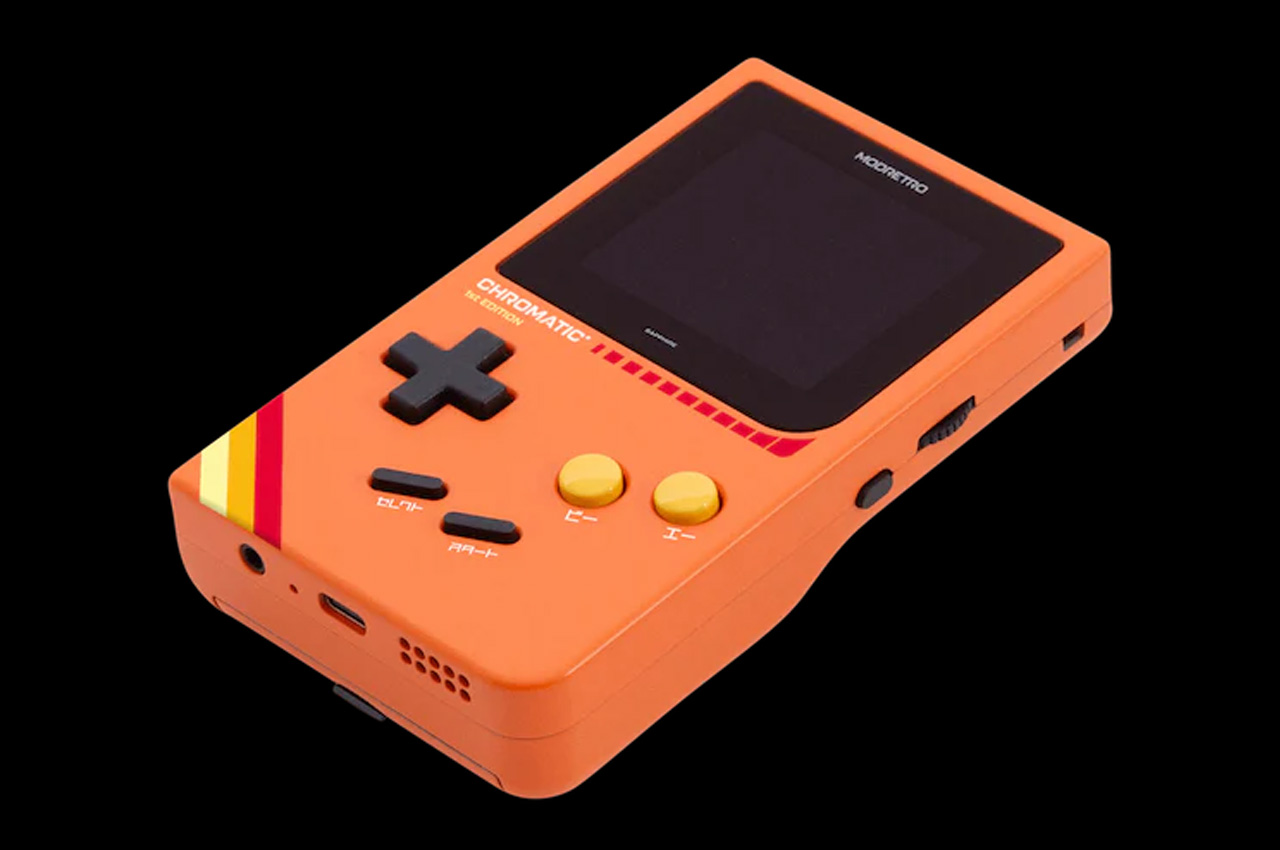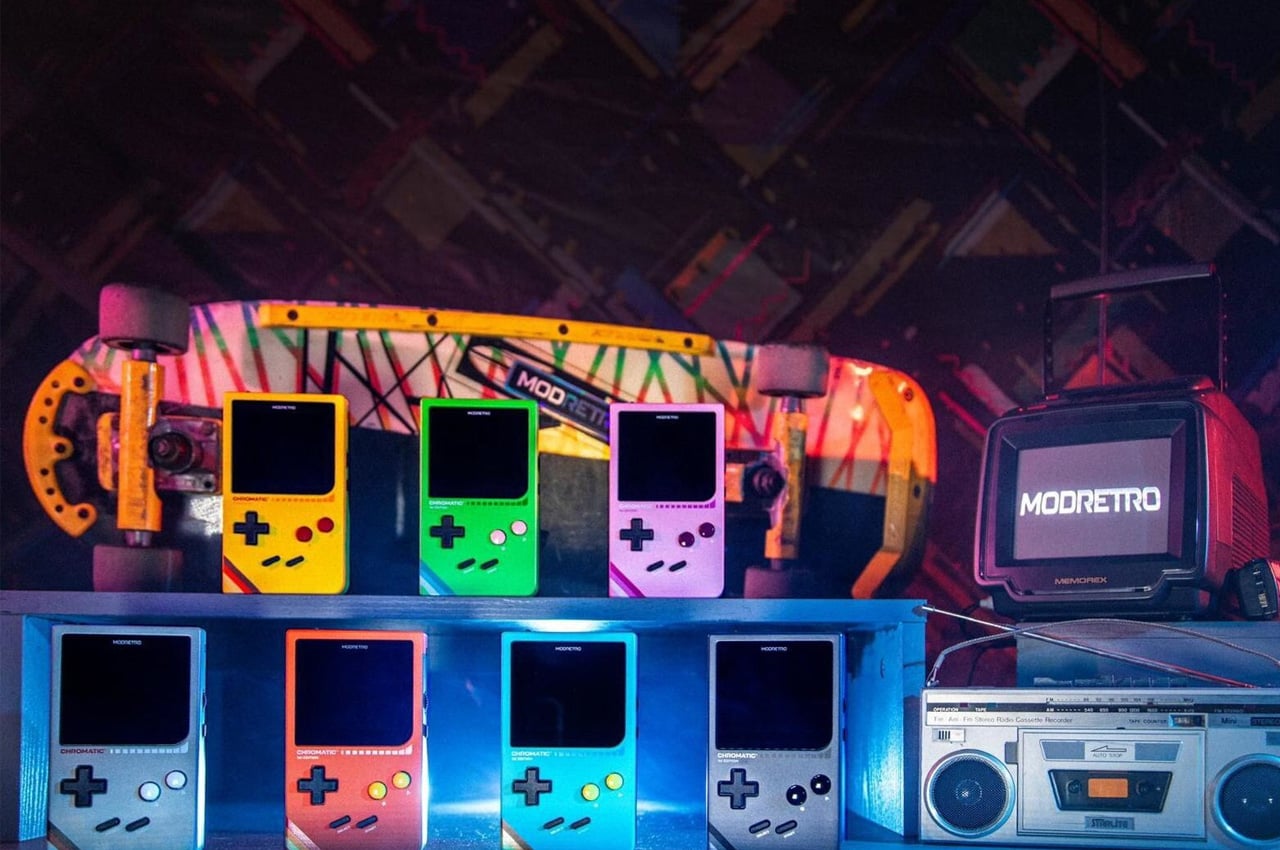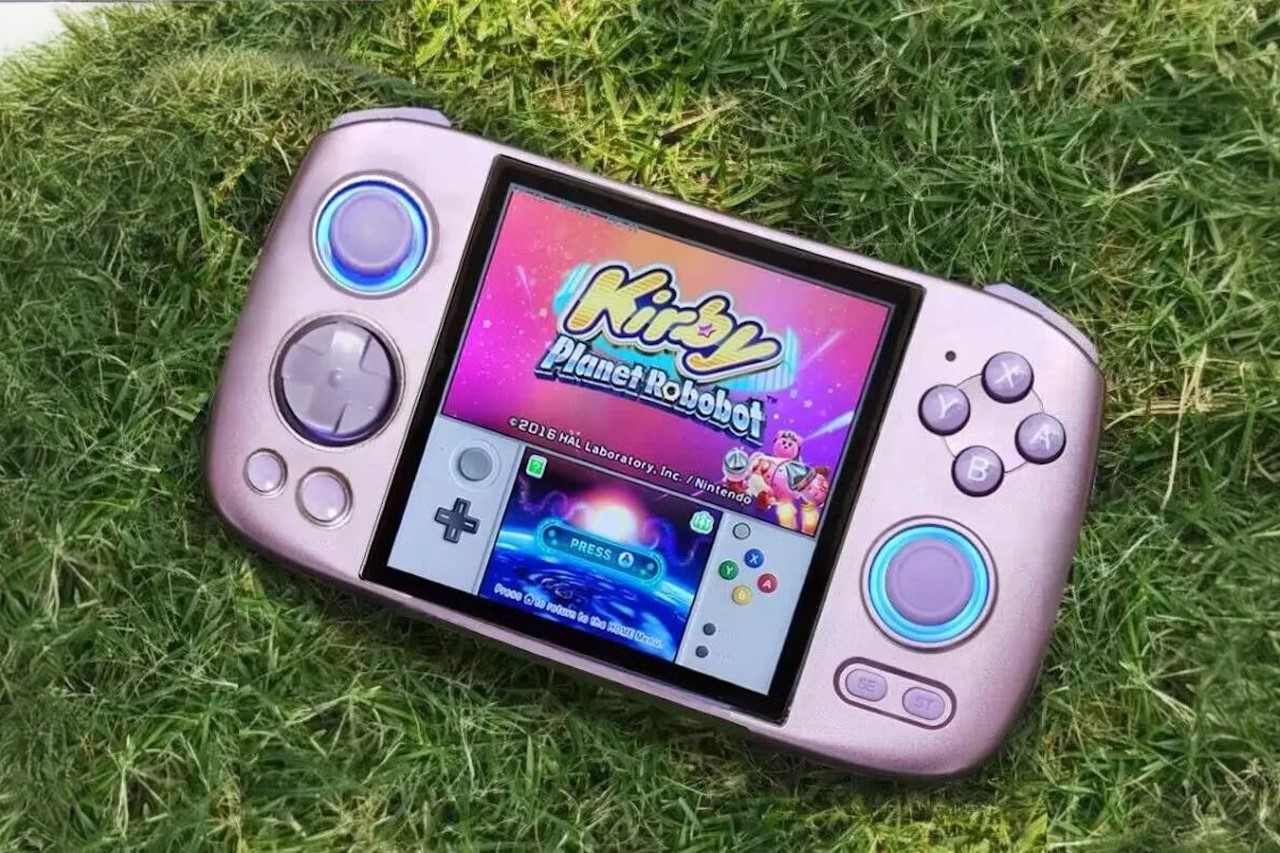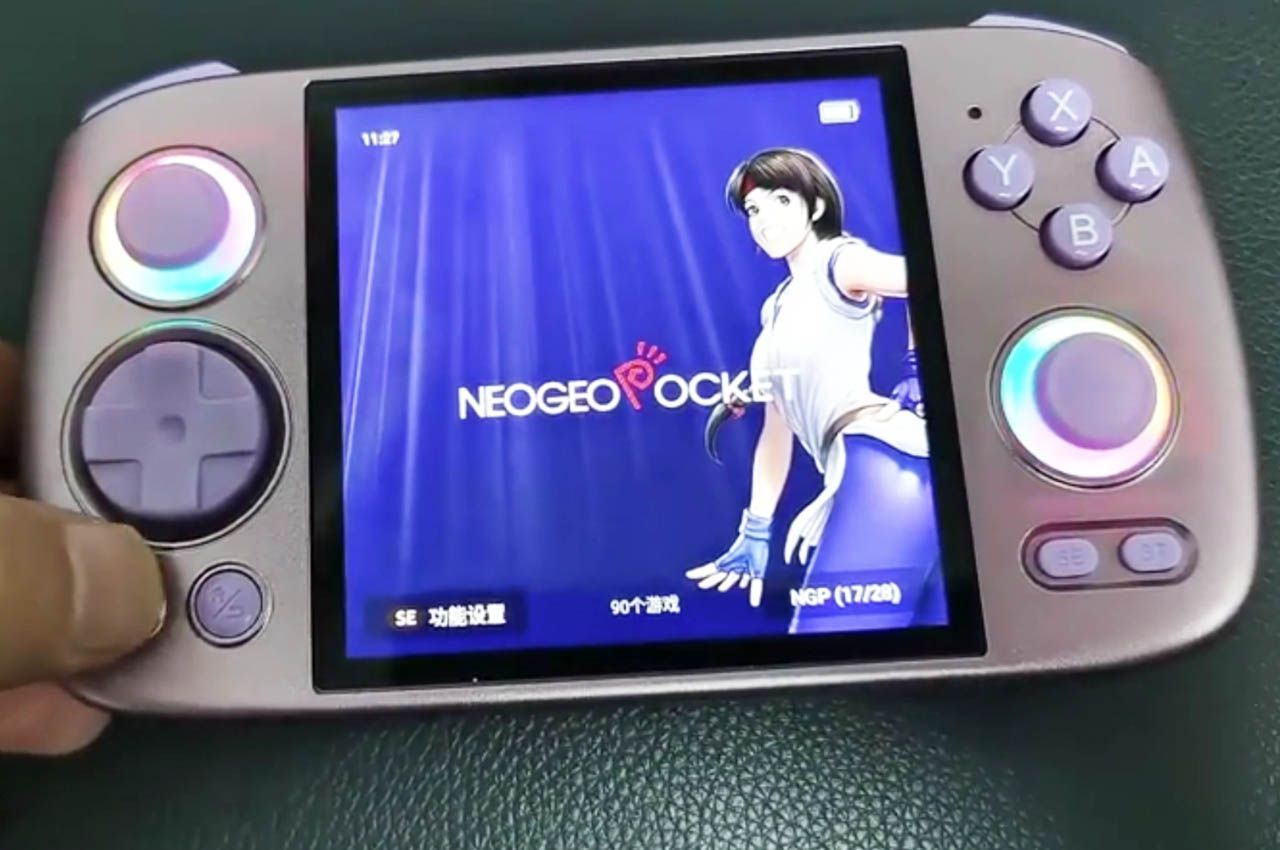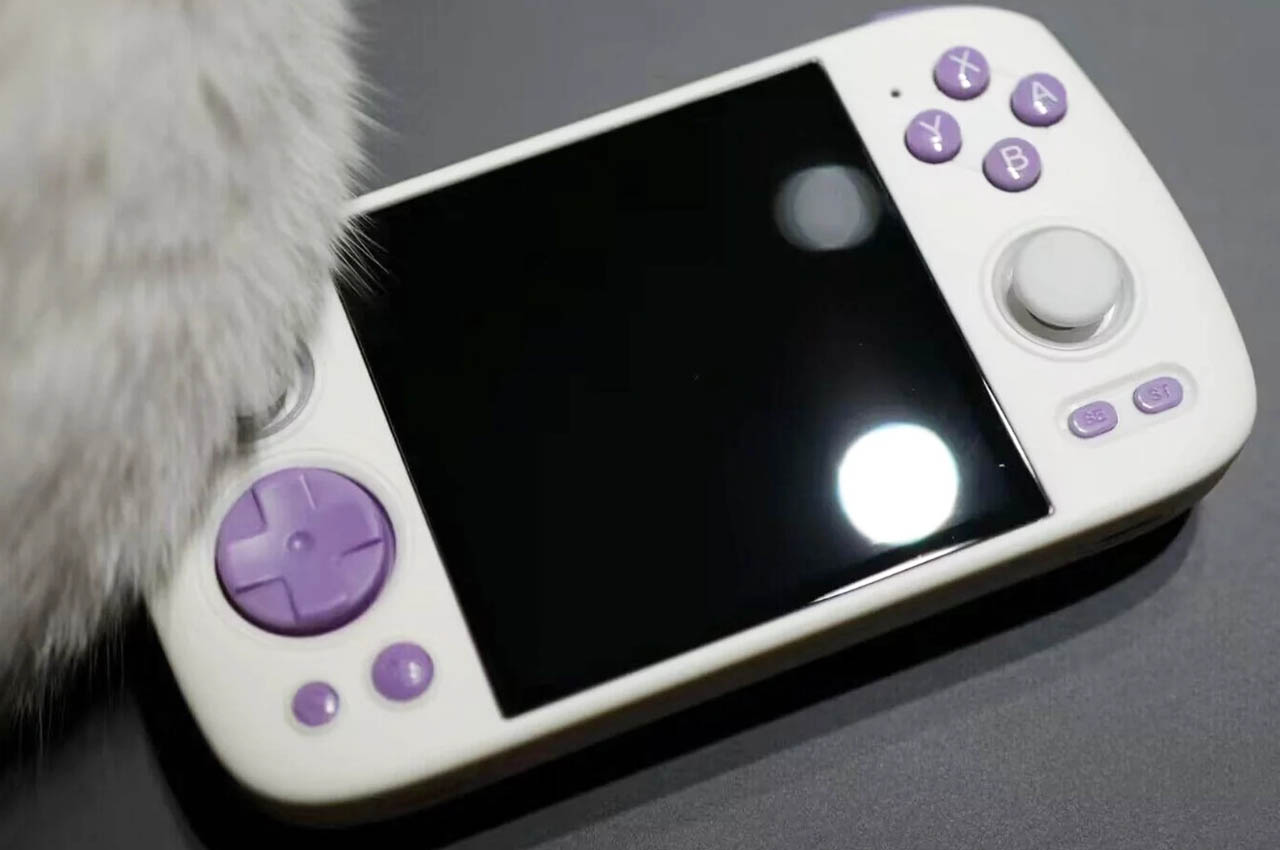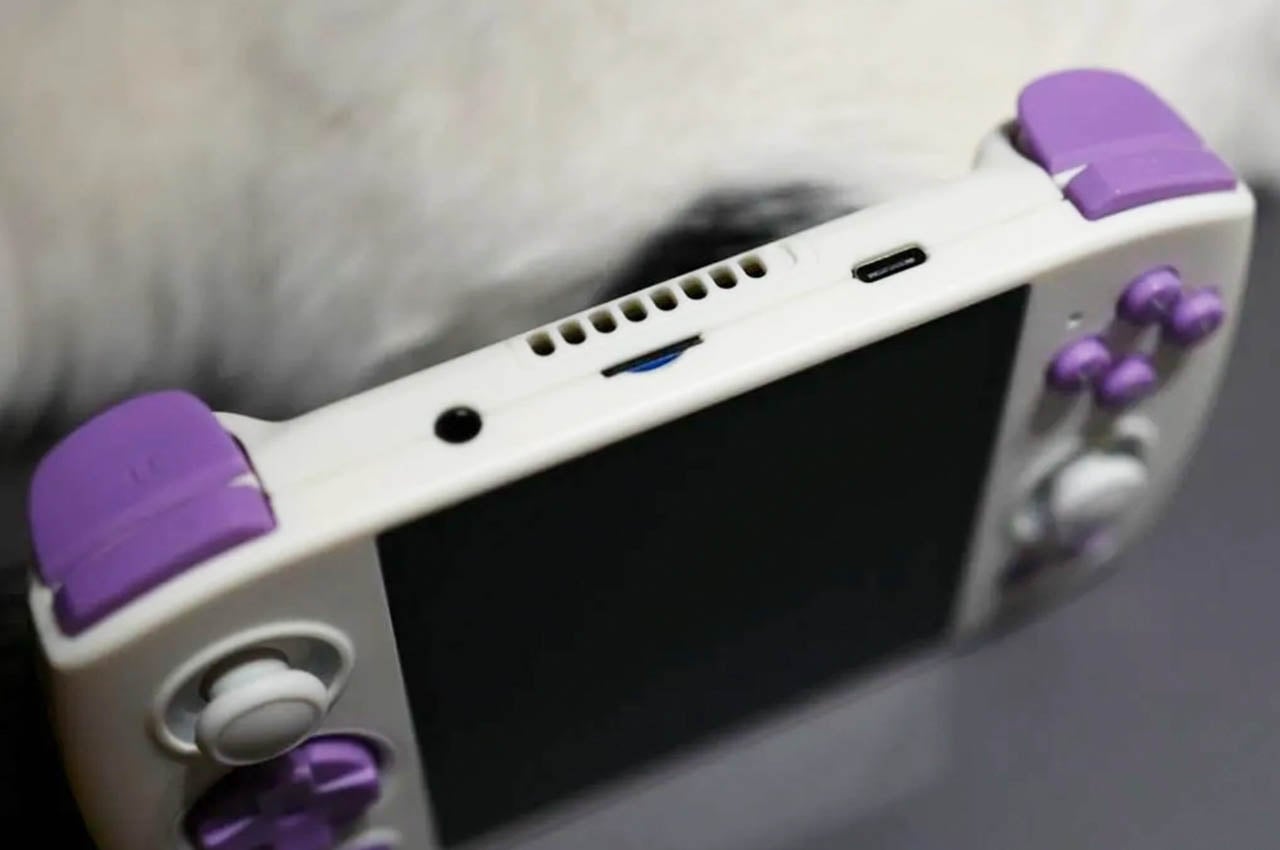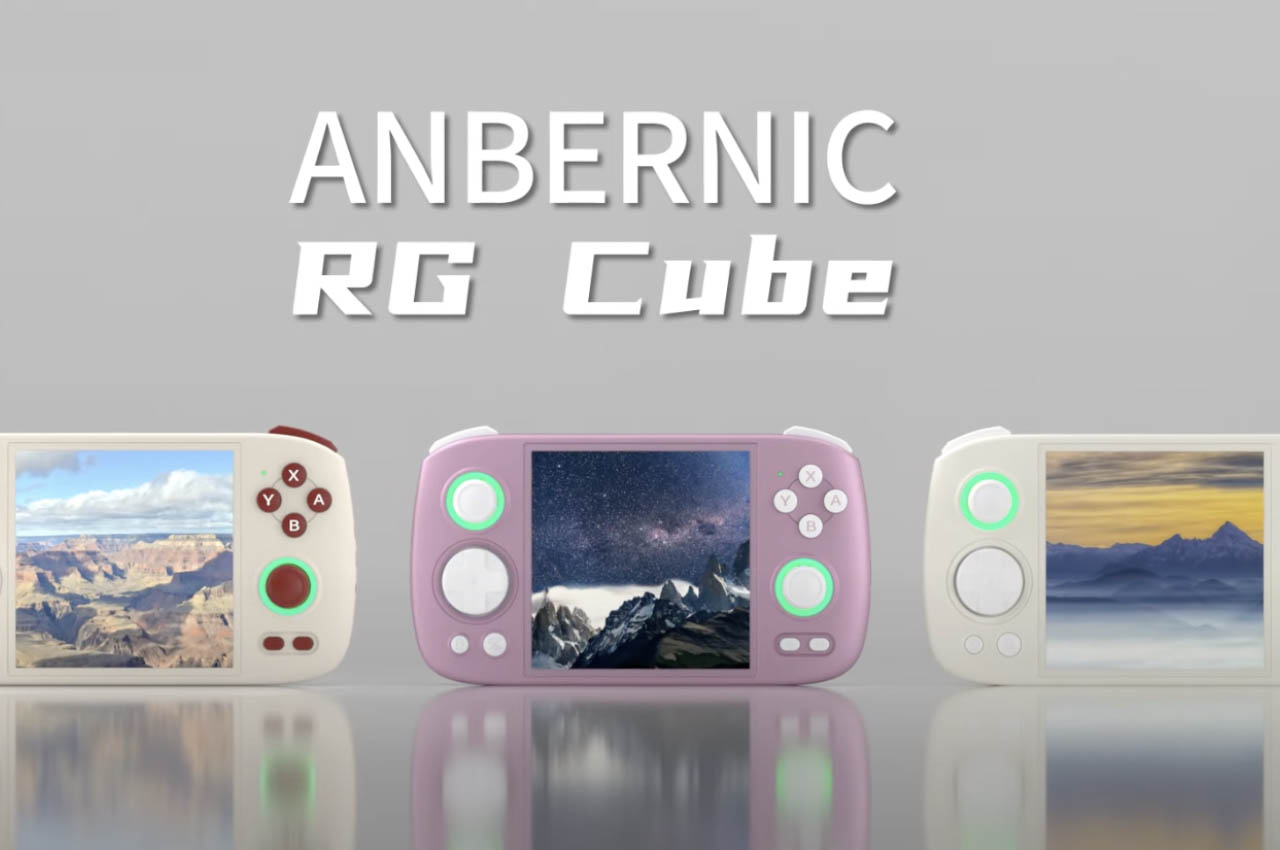Acer Nitro Blaze 7 jumps into handheld gaming PC arena with Ryzen AI chops

You know that handheld gaming PCs have made it big when major PC manufacturers join the fray. At this point, almost every major brand has put out its own take on mobile gaming, not to mention the smaller names that really pushed this niche market long before it became mainstream. Acer was noticeably the only one that was falling behind, but that all changes today at IFA 2024. With the Nitro Blaze 7, not only is it coming out with its first-ever handheld gaming PC, it’s arriving guns blazing (pun intended) with the latest AMD Ryzen chip boasting powerful AI capabilities to take your experience beyond just gaming.
Designer: Acer

If there’s one area that Intel has pretty much been left behind, it would be the nascent handheld gaming PC race where AMD’s Ryzen has become the chip of choice since the Valve Steam Deck. Conversely, Intel has been ramping up its new AI-powered processors, and AMD is now pushing its Ryzen AI generation to new PCs in every form. Being a bit late does have its share of benefits, and Acer’s first stab at a handheld gaming PC is able to immediately gain the lead in this area, with the new AMD Ryzen 8040 series and Ryzen AI giving the portable computer a needed boost.
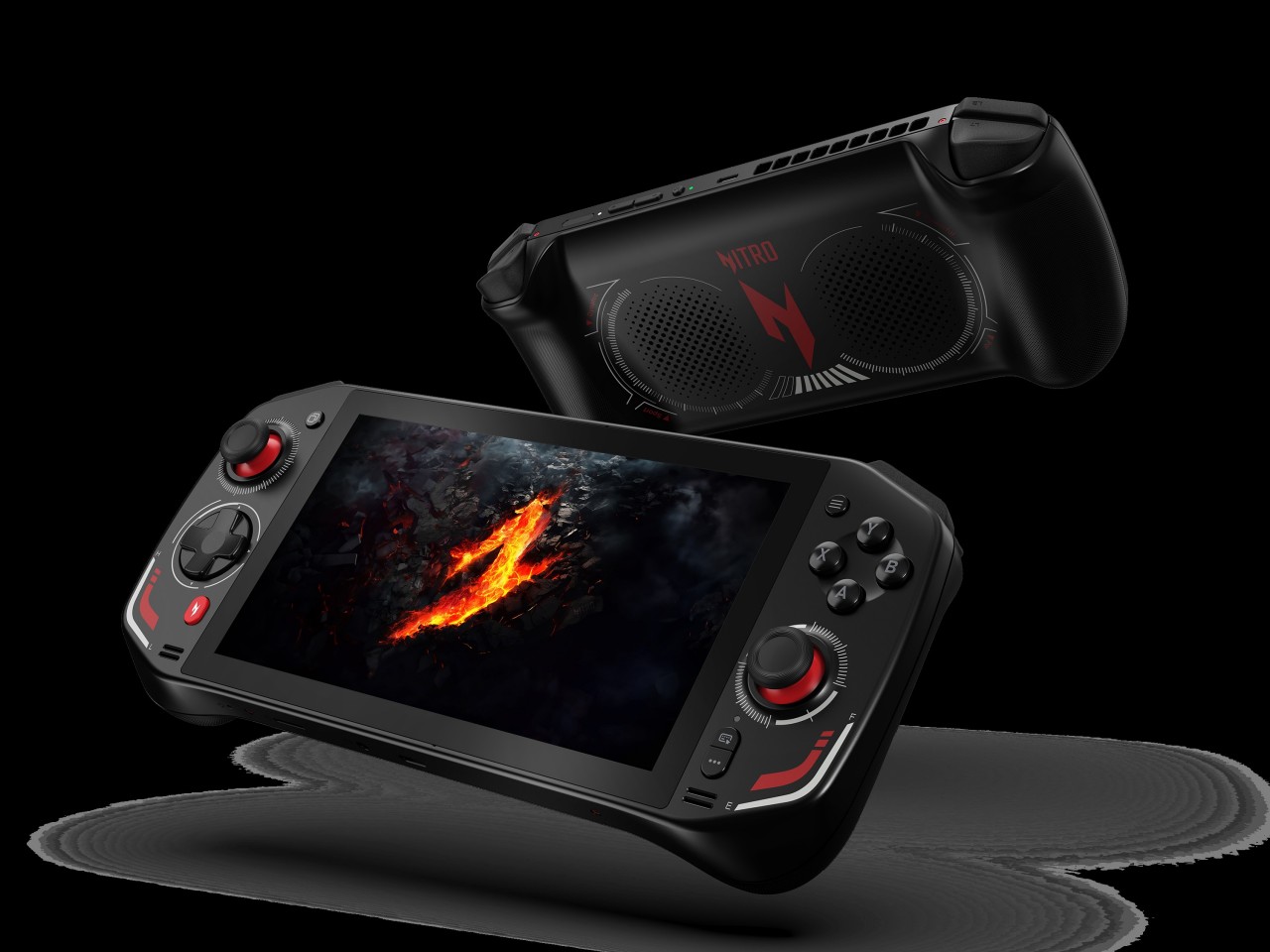
The AMD Ryzen 7 8840HS inside the Acer Nitro Blaze 7 boasts 39 AI TOPS (tera or trillion operations per second), putting it in the same league as many AI-powered laptops. Teamed up with the AMD Radeon 780M and 16GB of RAM, you’ve got the makings of a powerful gaming beast that can fit into a small bag. Then there’s the 7-inch 1920×1080 144Hz IPS touch display with 100% sRGB color gamut support, delivering vibrant and bright visuals, even for the darkest of horror games.
What really sets a gaming handheld apart, however, are its controls, which often translate to joysticks and buttons that you’d also see on gamepads. The Acer Nitro Blaze 7 also features touchscreen support for more direct interaction with UI elements on the screen, while the traditional joysticks and d-pad offer more precise control. There’s also a dedicated hotkey that brings players to their game libraries without having to fumble with half a dozen menus and screens. This customized Acer Game Space feature fixes one of the biggest pain points of Windows gaming: managing titles from different platforms and sources.
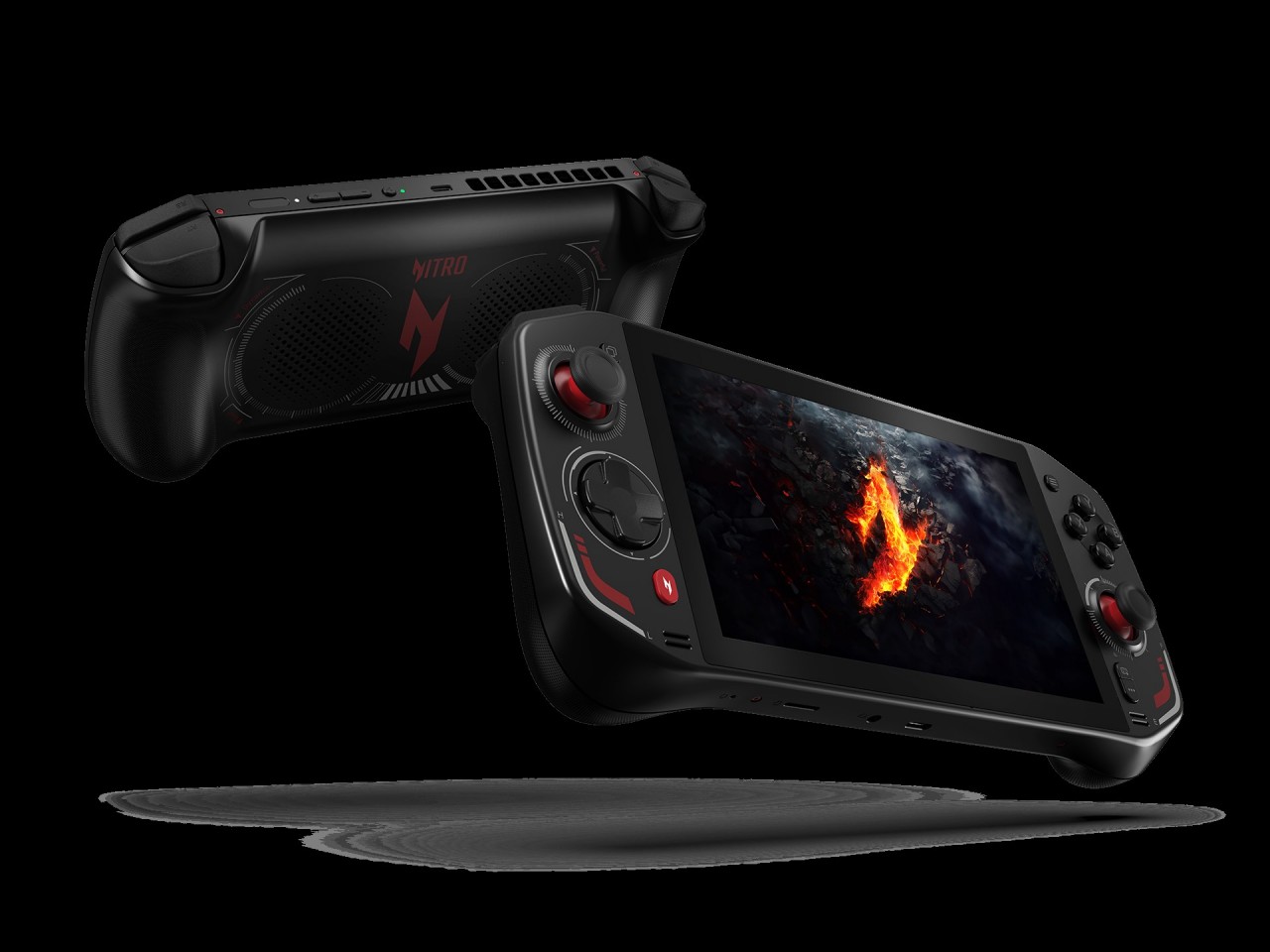
The Acer Nitro Blaze 7’s straightforward and simple design eschews complicated and extraneous details that only get in the way of you and your favorite games. With its arrival, the roster of major handheld gaming PC brands is more or less now complete, heating up the competition for the market’s most powerful gaming machine in the smallest form factor. Availability details for the Acer Nitro Blaze 7 handheld gaming PC will vary by market and have yet to be confirmed.

The post Acer Nitro Blaze 7 jumps into handheld gaming PC arena with Ryzen AI chops first appeared on Yanko Design.








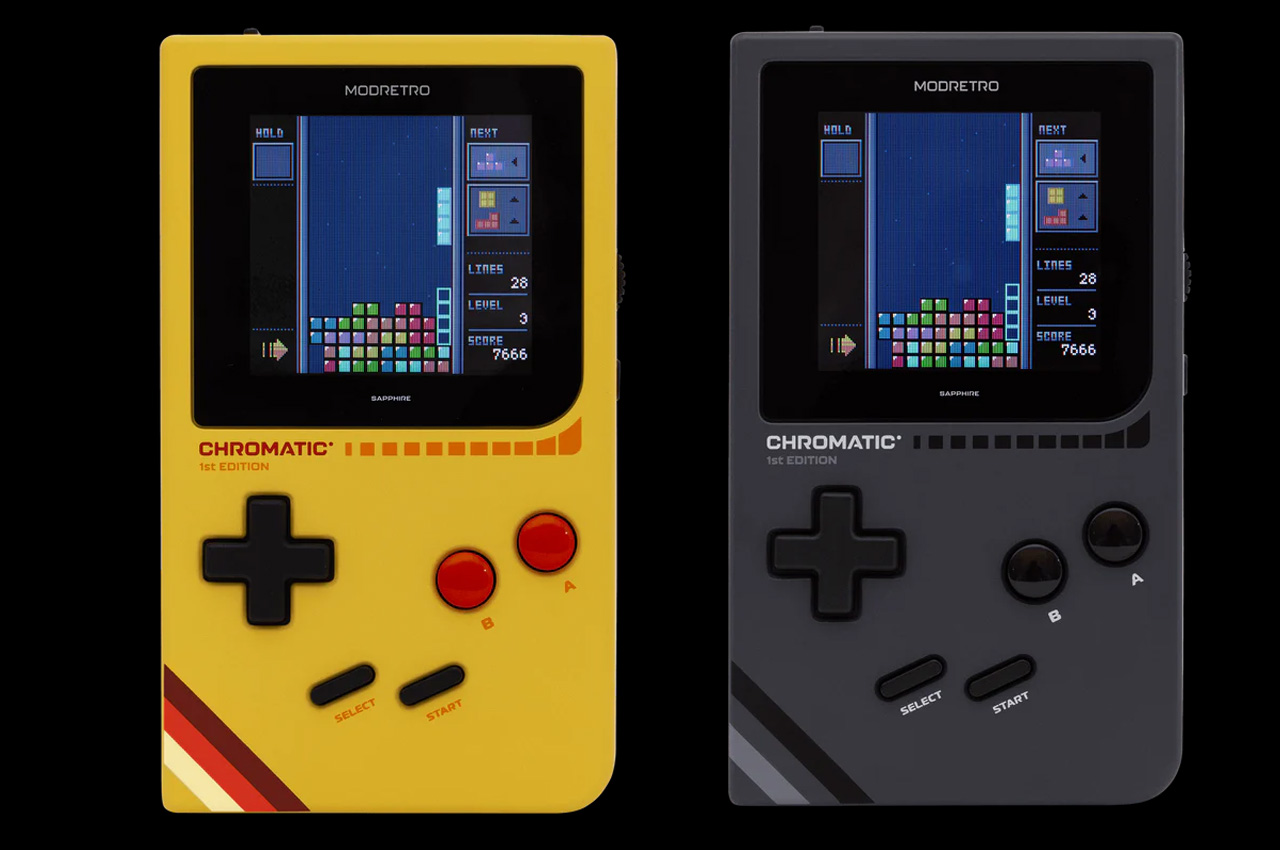
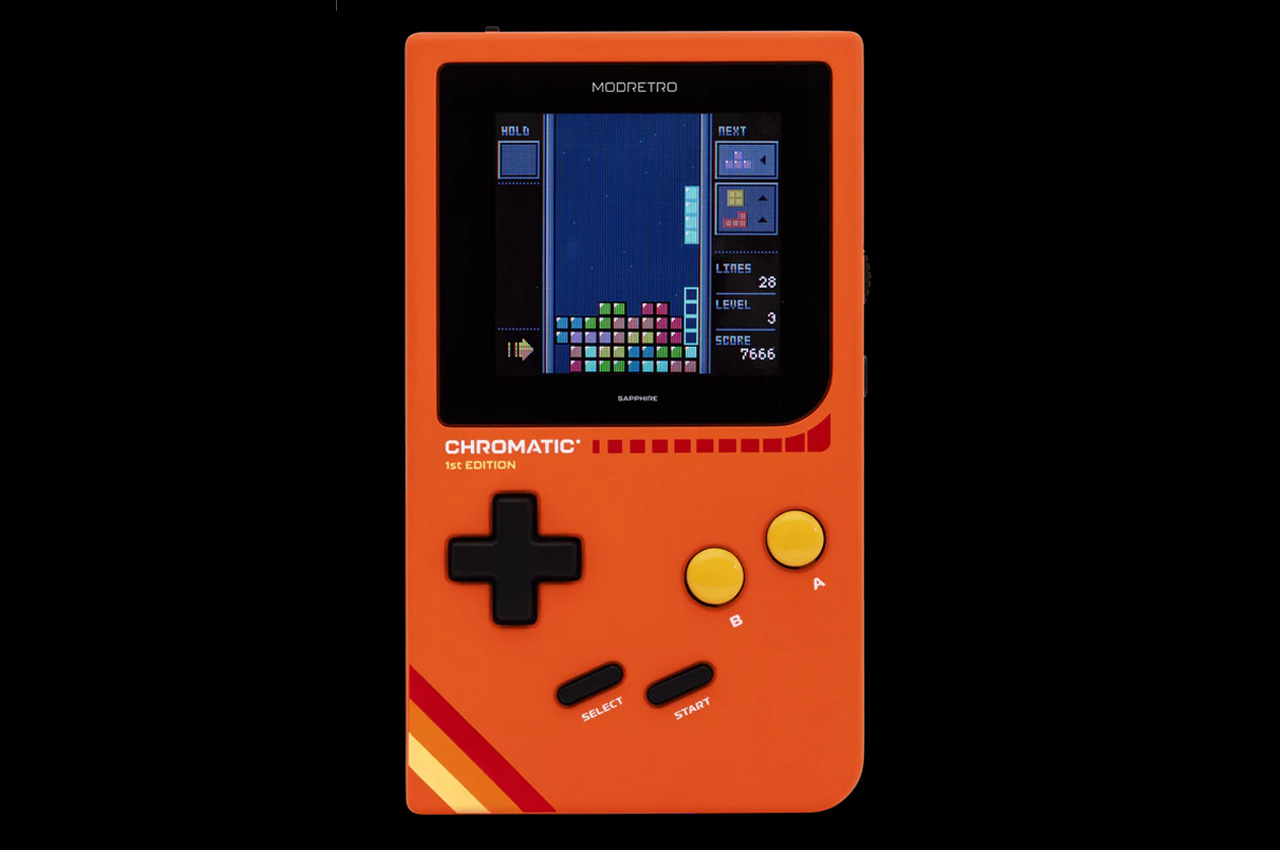

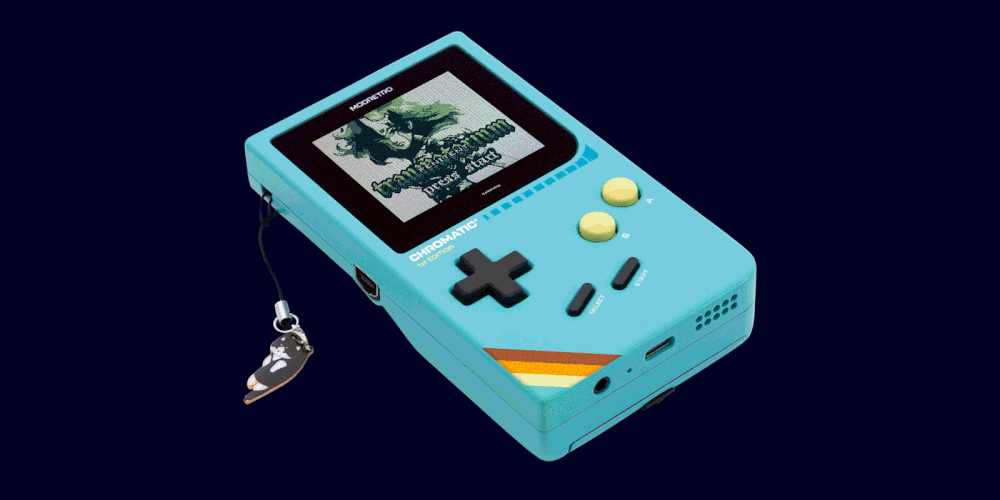
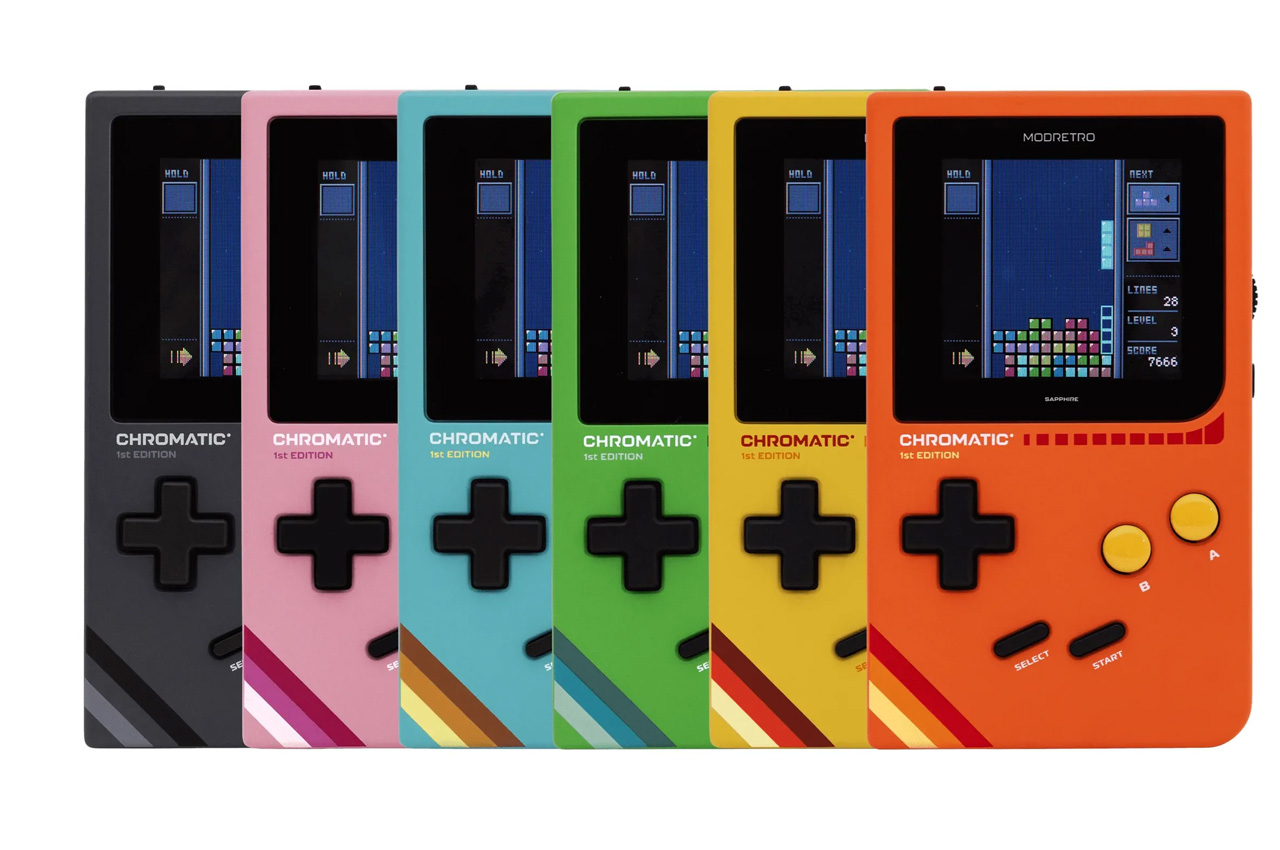
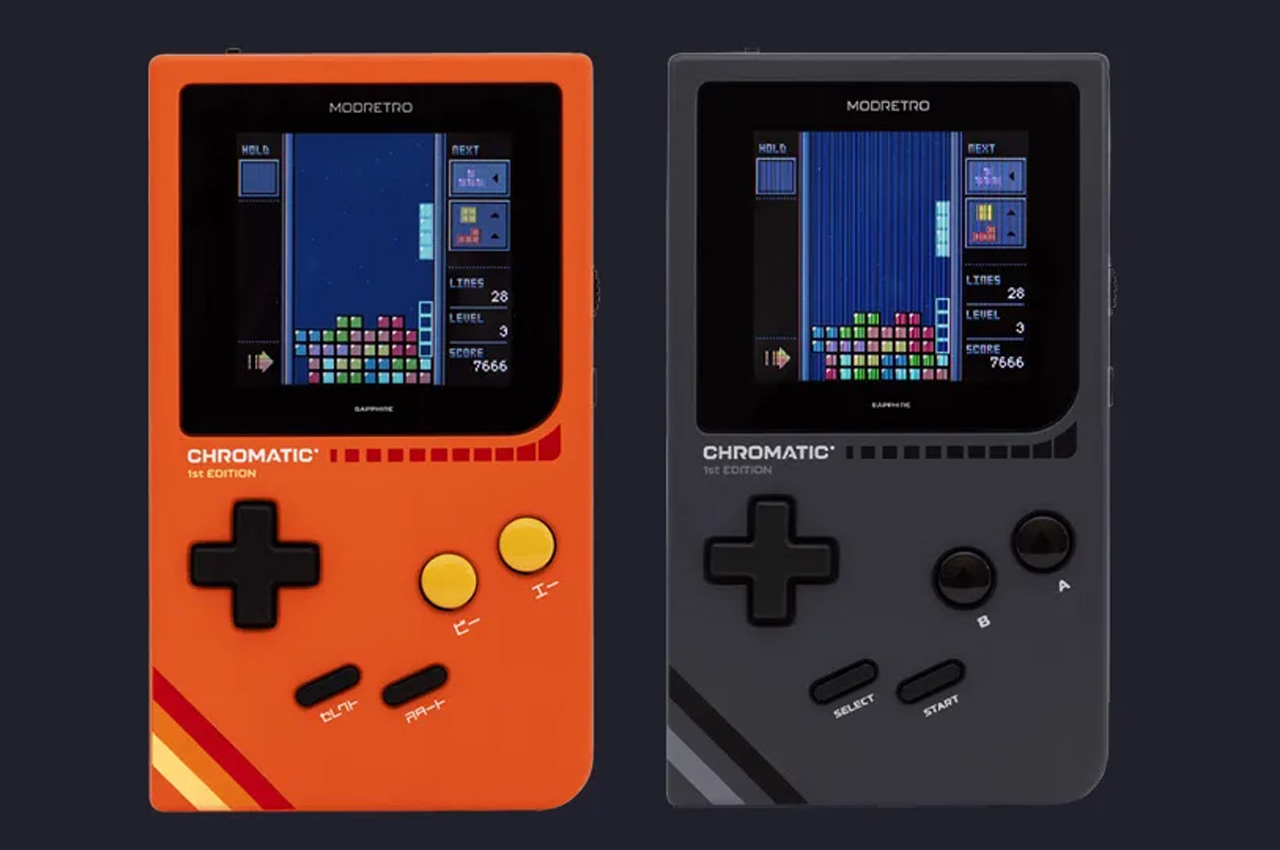 ModRetro Chromatic measures 5.2x3x1.2 inches, and weighs feather light at 6.2 oz. For connectivity, the device has been provided with a USB port and 3.5mm headphone output, and to celebrate its launch, it will come preinstalled with good old Tetris, free of charge. The custom-designed lithium-ion battery, rechargeable through console, provides the Chromatic 24-hour battery life, which can be enhanced on the move with 3x AA batteries.
ModRetro Chromatic measures 5.2x3x1.2 inches, and weighs feather light at 6.2 oz. For connectivity, the device has been provided with a USB port and 3.5mm headphone output, and to celebrate its launch, it will come preinstalled with good old Tetris, free of charge. The custom-designed lithium-ion battery, rechargeable through console, provides the Chromatic 24-hour battery life, which can be enhanced on the move with 3x AA batteries.